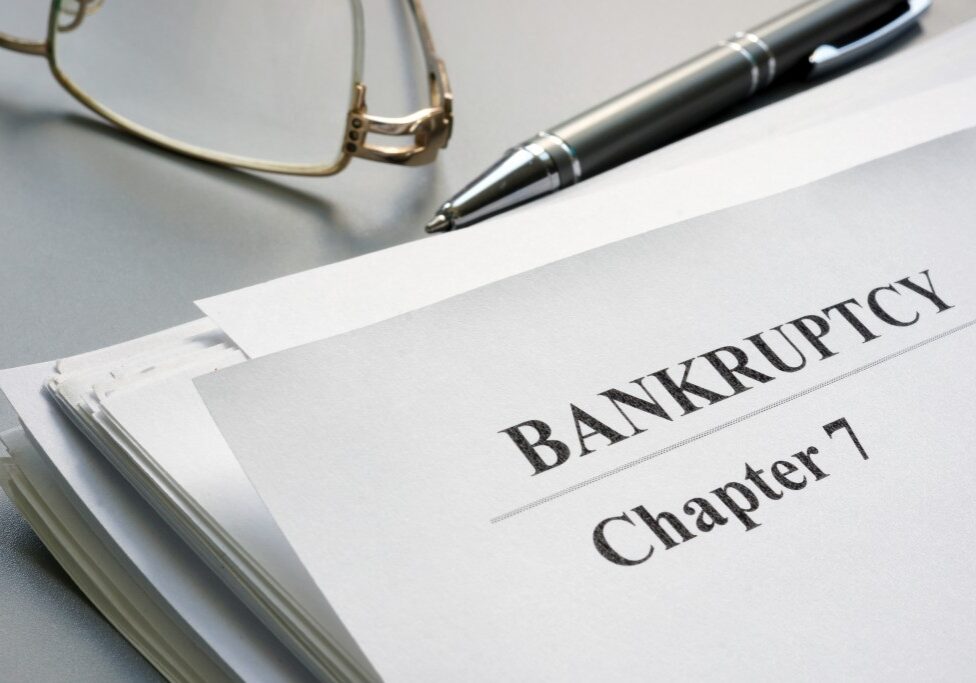
Chapter 7 Bankruptcy
Chapter 7 is the most common form of bankrutpcy, in which a debtor seeks a discharge of debts and liability from the court. In order to receive a full discharge in a Chapter 7 bankruptcy, the debtor will have to allow the bankruptcy trustee to gather certain non-exempt assets of the debtor’s to sell, and use the profit to pay claims of creditors in accordance with the Bankruptcy Code. Generally, individual debtors receive a discharge in more than 99 percent of Chapter 7 cases. In most cases, the court will issue a discharge within three to five months after the debtor files their petition.
Chapter 13 Bankruptcy
A Chapter 13 bankruptcy is also called a wage earner’s plan. It enables individuals with regular income to develop a plan to repay all or part of their debts. Under this Chapter 13, debtors make installments to repay their debts to creditors over three to five years. Chapter 13 bankruptcy offers a number of advantages over Chapter 7. Most significantly, debtors are able to keep their residence by stopping foreclosure proceedings, and cure late mortgage payments over time. Debtors may also reschedule secured debts over the life of the Chapter 13 plan, which may result in lower payments.
In a Chapter 13 bankruptcy proceeding, the debtor is essentially notifying creditors that they generate a certain sum and spend a certain sum on normal obligations such as: rent or mortgage, car payments, utilities, food and groceries, insurance, medical needs, or transportation. Therefore a debtor has a limited amount of funds left over at the end of each month to repay to the pre-bankruptcy creditors.
Chapter 11 Bankruptcy
A case filed under Chapter 11 of the United States Bankruptcy Code is frequently referred to as a “reorganization” bankruptcy. A Chapter 11 case begins with the filing of a petition with the bankruptcy court serving the area where the debtor has a domicile or residence.
A petition may be a voluntary petition, which is filed by the debtor, or it may be an involuntary petition, which is filed by creditors that meet certain requirements.
In the case of individuals, Chapter 11 bankruptcy is similar to Chapter 13 bankruptcy. For example, property of the estate for an individual debtor includes the debtor’s earnings and property acquired by the debtor after filing until the case is closed, dismissed or converted; funding of the plan may be from the debtor’s future earnings; and the plan cannot be confirmed over a creditor’s objection without committing all of the debtor’s disposable income over five years unless the plan pays the claim in full, with interest, over a shorter period of time.
Chapter 11 bankruptcy is typically used to reorganize a business, which may be a corporation, sole proprietorship, or partnership. A corporation exists separate and apart from its owners, the stockholders. The Chapter 11 bankruptcy case of a corporation (corporation as debtor) does not put the personal assets of the stockholders at risk other than the value of their investment in the company’s stock. A sole proprietorship (owner as debtor), on the other hand, does not have an identity separate and distinct from its owner(s).
Accordingly, a bankruptcy case involving a sole proprietorship includes both the business and personal assets of the owners-debtors. Like a corporation, a partnership exists separate and apart from its partners. In a partnership bankruptcy case (partnership as debtor), however, the partners’ personal assets may be used to pay creditors in the bankruptcy case or the partners, themselves, may be forced to file for bankruptcy protection.
Subchapter V Bankruptcy: The Small Business Case
Determination of whether a debtor is a “small business debtor” requires application of a two-part test: (1) the debtor must be engaged in commercial or business activities (other than primarily owning or operating real property) with total noncontingent liquidated secured and unsecured debts of $2,566,050 or less; (2) the debtor’s case must be one in which the U.S. trustee has not appointed a creditors’ committee, or the court has determined the creditors’ committee is insufficiently active and representative to provide oversight of the debtor.
Unlike other Chapter 11 bankruptcies, the small business debtor is subject to additional oversight by the U.S. trustee. Early in the case, the small business debtor must attend an “initial interview” with the U.S. trustee at which time the U.S. trustee will evaluate the debtor’s viability, inquire about the debtor’s business plan, and explain certain debtor obligations including the debtor’s responsibility to file various reports. The U.S. trustee will also monitor the activities of the small business debtor during the case to identify as promptly as possible whether the debtor will be unable to confirm a plan. Because certain filing deadlines are different and extensions are more difficult to obtain, a case designated as a small business case normally proceeds more quickly than other chapter 11 cases.

